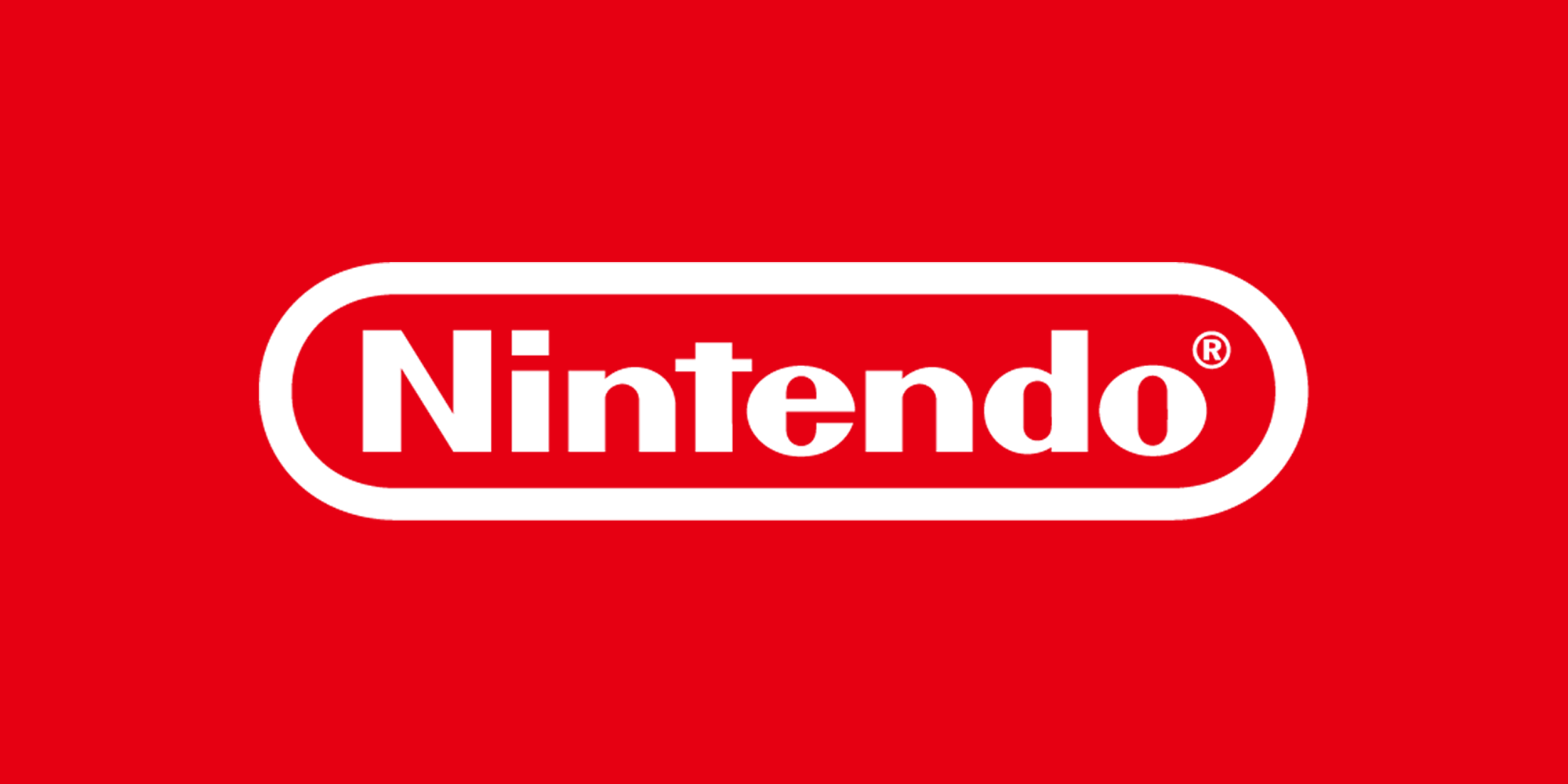This information is provided to meet the self-regulatory requirements of the games console voluntary agreement. For further information about the voluntary agreement, including its methodology, please visit www.efficientgaming.info.
The average power consumption of the Nintendo Switch console in different states of activity can be found below.
| Nintendo Switch – OLED Model [HEG-001] | Nintendo Switch [HAC-001(-01)] | |
|---|---|---|
| TV mode | TV mode | |
| Active gaming *1 | 6 W | 7 W |
| Streaming media (HD) *2 | 5 W | 6 W |
| HOME Menu | 3 W | 3 W |
| Sleep Mode (Wi-Fi connected; wired LAN connection not maintained) | 0.3 W Maximum 0.5 W | 0.3 W Maximum 0.5 W |
| Sleep Mode (wired LAN connection maintained) | 2.2 W | - |
| Power off | 0.3 W Maximum 0.5 W | 0.3 W Maximum 0.5 W |
Estimated annual energy consumption *3 | 6 kWh *4 21 kWh *5 | 6 kWh *4 |
Please note: the values have been rounded off to the nearest full value. There also may be some statistical variations on the energy consumption values displayed. The values could also change depending on the usage environment and conditions.
*1 Average energy consumption measured using the game The Legend of Zelda: Breath of the Wild.
*2 Average energy consumption measured by HD streaming via YouTube app at 1080p60 quality (sample video: Nintendo Direct | E3 2019).
*3 The estimated annual energy consumption of a console when used for gaming an average two hours per day for a whole year.
*4 Wi-Fi connected, while the wired LAN connection is not maintained.
*5 The estimated annual energy consumption when the wired LAN connection is maintained during Sleep Mode.
Nintendo Switch family consoles come with multiple power management options, among them the low-power consuming Sleep Mode , and an Auto-Sleep function.
The Auto-Sleep function can help to save energy by reducing the amount of time your Nintendo Switch family console remains in a higher power state, activating after a certain period of inactivity (see here for the default values).
Sleep Mode is a power state that consumes less energy while maintaining some basic functionalities. There are several versions of this low power mode.
It is possible to expand the storage space of Nintendo Switch family consoles, used to store downloadable software, downloadable content (DLC), and captured screenshots or gameplay videos, via a microSD card. For details, visit our Support section:
Nintendo products are built to last, but if you experience an issue with your Nintendo Switch family console, please contact our Customer Support or book a repair via our repair portal:
You can make use of our repair services even if your Nintendo Switch family console is no longer under warranty. Please note that only Nintendo-authorised repairers can perform the necessary repair diagnostics for Nintendo consoles. Certain components (e.g. the motherboard, LCD/OLED screen, internal battery) are made available only to Nintendo-authorised repairers for the repair of Nintendo Switch family consoles.
It is possible to restore your Nintendo Switch family console to the default factory settings. Typically this means that all data is deleted from the console, and the settings are returned to the original state in which you bought it.
It is also possible to restore factory settings while retaining some of the data stored on the console. To find out more about restoring factory settings, see:
Protect the environment by recycling your console at the end of its useful life. For details, see:
